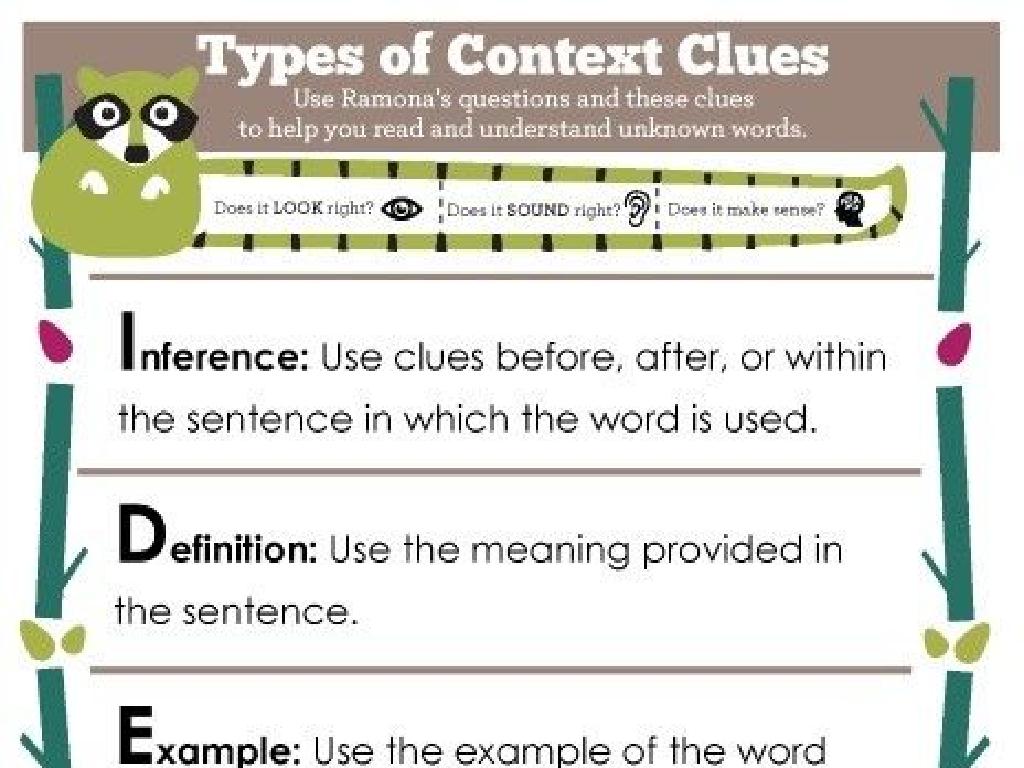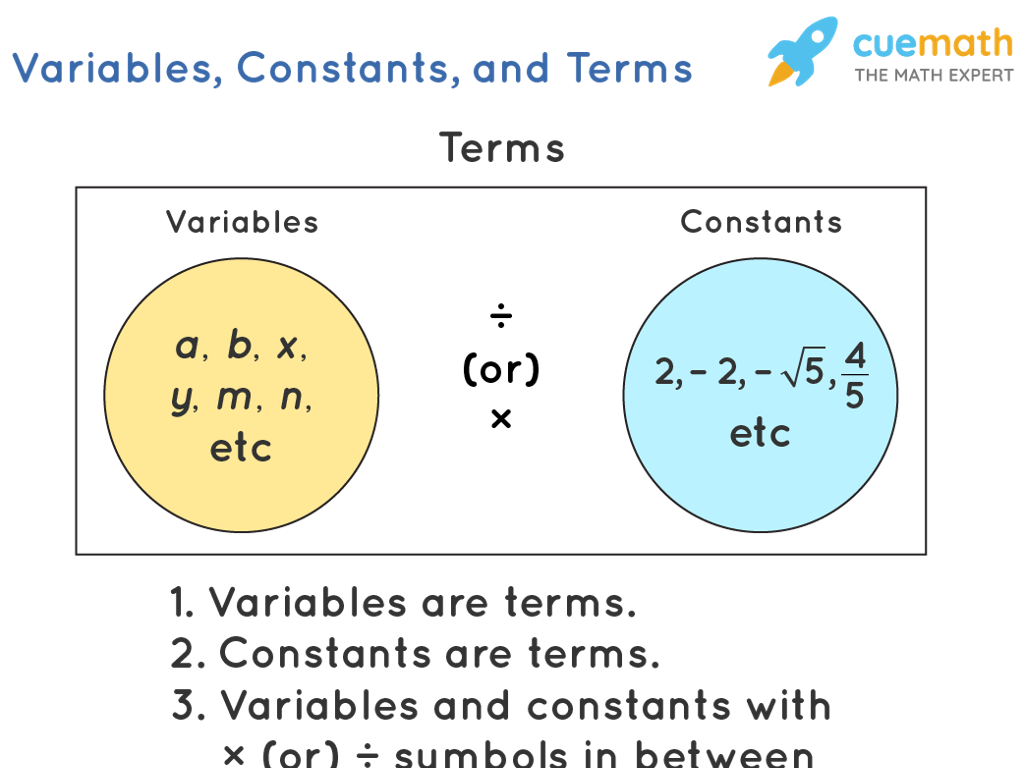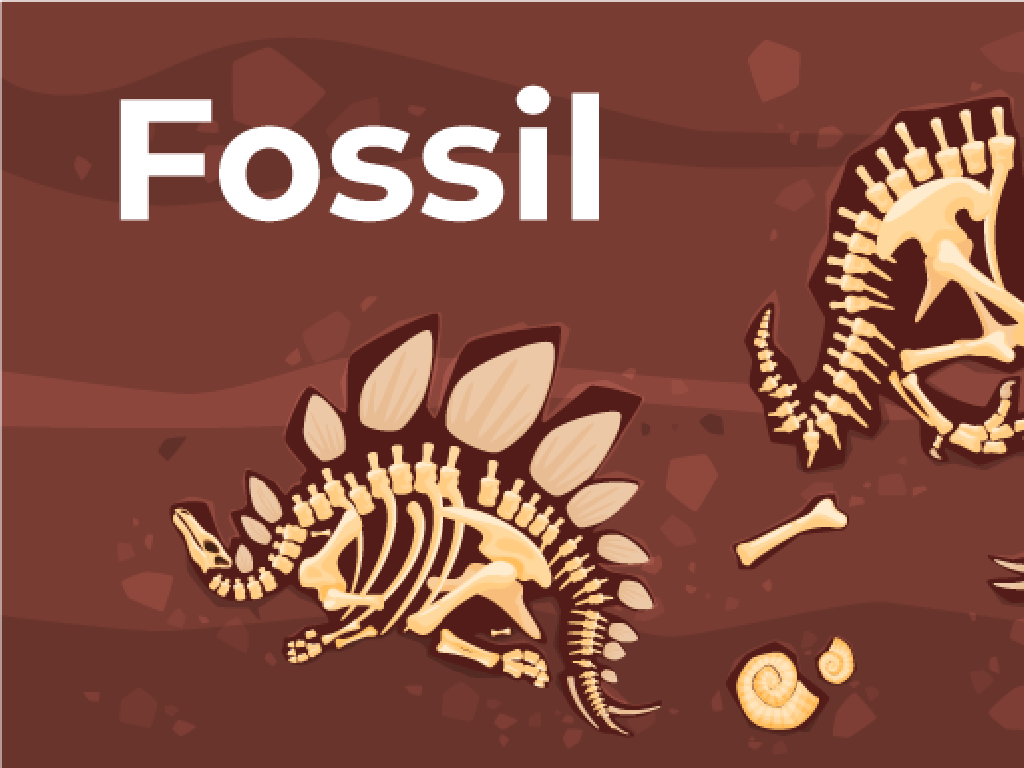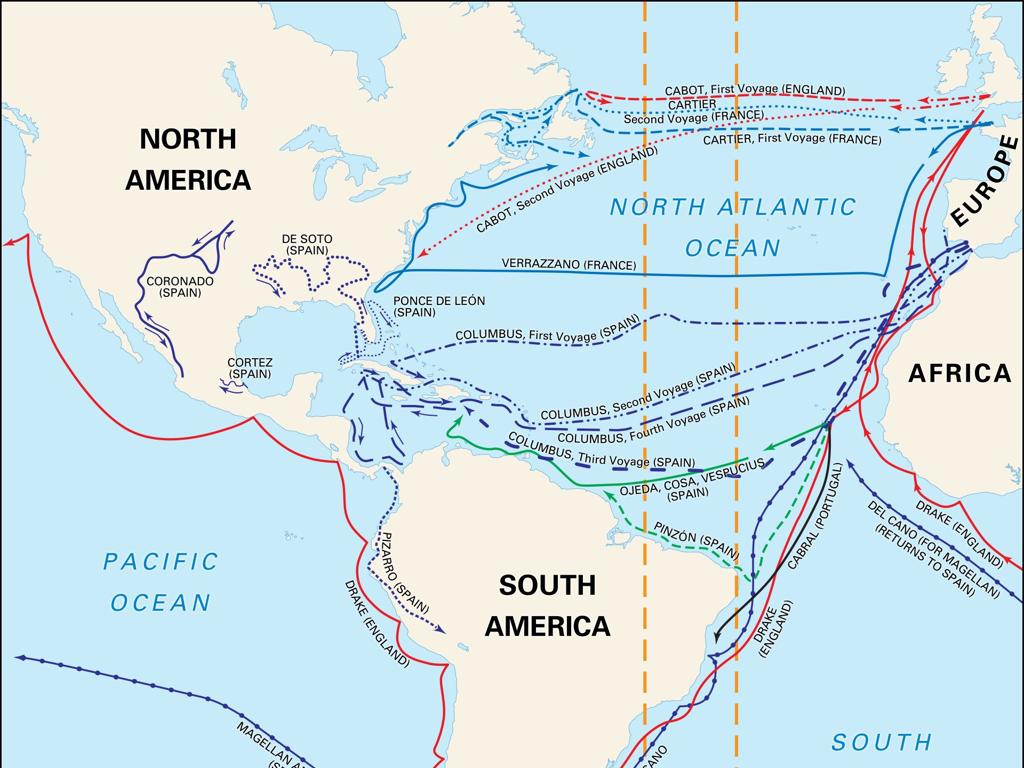How Does Mass Affect Force And Acceleration?
Subject: Science
Grade: Eighth grade
Topic: Chemical Reactions
Please LOG IN to download the presentation. Access is available to registered users only.
View More Content
The Relationship Between Mass, Force, and Acceleration
– Explore Newton’s Second Law
– Newton’s Second Law: F=ma (Force equals mass times acceleration)
– Connection between mass, force, acceleration
– Mass affects how much force is needed for acceleration
– Real-world examples of these concepts
– Examples: Pushing a car vs. a shopping cart
– Analyzing force and acceleration
– How different masses accelerate with the same force
|
This slide introduces students to the fundamental concepts of force and acceleration, particularly focusing on Newton’s Second Law of Motion, which states that the force applied to an object is equal to the mass of the object multiplied by its acceleration (F=ma). Discuss how varying the mass will require different amounts of force to achieve the same acceleration. Use tangible examples like pushing a heavy car versus a light shopping cart to illustrate the concept. Encourage students to think of other examples where they can see this law in action. The goal is to help students understand that the mass of an object directly affects the force needed to accelerate it and how this principle applies to everyday situations.
Understanding Mass in Physics
– Define mass
– Mass is the amount of matter in an object, measured in kilograms or grams.
– Differentiate mass and weight
– Mass is a measure of matter, weight is the force of gravity on an object.
– Explore units of mass
– Kilograms (kg) for larger mass, grams (g) for smaller.
– Mass’s role in force and acceleration
– Newton’s Second Law: Force equals mass times acceleration (F=ma).
|
This slide introduces the concept of mass, a fundamental property in physics and chemistry. Mass is often confused with weight, but it’s crucial to distinguish them: mass is the measure of matter within an object and remains constant regardless of location, while weight is the force exerted by gravity on that mass and can change with location. Understanding the units of mass, such as kilograms and grams, is essential for measuring and comparing the amount of matter in objects. The relationship between mass, force, and acceleration is governed by Newton’s Second Law, which will be explored in the context of how mass affects force and acceleration in subsequent slides. Encourage students to think of examples where mass and weight might differ, such as on Earth versus the Moon.
Exploring Force: Impact of Mass
– Define force in physics
– Force: a push or pull on an object
– Explore various force types
– Gravity, friction, magnetic, and applied forces
– Understand force units: Newtons
– Newton (N) is the SI unit for force
– Mass relation to force & acceleration
– More mass means more force needed for same acceleration
|
This slide introduces the concept of force within the context of mass and acceleration, which is essential for understanding chemical reactions and physical interactions. Start by defining force as a push or pull that can cause an object to accelerate, stop, or change direction. Discuss different types of forces such as gravity, which pulls objects towards each other, and friction, which resists motion. Explain that the unit of force is the Newton (N), and how force is calculated using Newton’s second law of motion (F=ma), emphasizing that as mass increases, more force is required to achieve the same acceleration. This lays the groundwork for understanding how mass affects force and acceleration in various chemical and physical processes.
Acceleration in Physics
– Definition of acceleration
– Change in velocity over time, can be an increase or decrease in speed
– Acceleration calculation
– Calculated using the formula a = v/t, where v is change in velocity and t is change in time
– Units of acceleration
– Standard unit is meters per second squared (m/s²)
– Acceleration’s role in force
– According to Newton’s second law, force is mass times acceleration (F = ma)
|
This slide introduces the concept of acceleration, which is a fundamental part of understanding how mass affects force and acceleration in the context of chemical reactions. Acceleration is the rate at which an object changes its velocity, and it can be a speed up, slow down, or change in direction. The formula for calculating acceleration is essential for students to learn, as it will be used in further calculations involving force. The unit of acceleration, meters per second squared, is a key concept that will help students understand the rate of change in velocity. Lastly, connecting acceleration to force through Newton’s second law will bridge their understanding of how mass impacts the force exerted on an object when it accelerates.
Newton’s Second Law: Mass, Force, & Acceleration
– Newton’s Second Law explained
– F = m * a (Force = mass x acceleration)
– The law states that force is the product of mass and acceleration
– Increasing mass’s effect on force
– More mass means more force needed for the same acceleration
– Real-world example: cart vs. car
– Pushing a light shopping cart is easier than a heavy car due to less mass
|
This slide introduces Newton’s Second Law of Motion, which is a cornerstone in understanding the relationship between mass, force, and acceleration. The formula F = m * a is crucial for students to learn as it quantifies how the amount of force needed to accelerate an object is directly proportional to its mass. Emphasize that as mass increases, more force is required to achieve the same acceleration. Use relatable examples like pushing a shopping cart versus pushing a car to illustrate the concept. The cart, being lighter, requires less force to move than the heavier car. Encourage students to think of other examples where they can see this law in action in their daily lives.
Chemical Reactions and Newton’s Second Law
– Force production in reactions
– Reactions can release energy, exerting force
– Mass’s role in reactions
– More mass often means more reactants, affecting the force
– Acceleration in chemical processes
– Reaction rates can change, impacting acceleration
|
This slide explores the relationship between chemical reactions and Newton’s Second Law of Motion. Students will understand how chemical reactions can produce forces, such as in explosions or when gases expand. They will also learn that the mass of reactants can influence the magnitude of the force produced during a reaction. Additionally, the concept of acceleration will be tied into how quickly a reaction proceeds and how that can affect the forces experienced. Encourage students to think of real-world examples, such as airbags deploying in cars, where chemical reactions produce force and cause acceleration.
Class Activity: Mass and Acceleration Experiment
– Gather materials: toy cars, weights, ramp, stopwatch
– Add weights to car, roll down ramp
– Incrementally increase the weight on the car
– Measure time with stopwatch
– Record the time for each trial
– Observe changes in acceleration
– Does more mass mean slower acceleration?
|
This hands-on activity is designed to help students understand the relationship between mass and acceleration. Provide a variety of weights so students can experiment with different masses. Ensure safety while using the ramp and starting the cars. Students should work in small groups, with each member responsible for a task: one to release the car, one to time the descent, and another to record the results. Discuss the concept of acceleration and how it differs from speed. After the activity, have students analyze their data to see if there is a pattern between the mass of the car and the time it takes to roll down the ramp. Encourage them to think about why their observations might support or contradict Newton’s second law of motion. Possible variations of the activity could include using different inclines or surfaces to test if these factors affect the outcome.
Conclusion: Mass, Force, and Acceleration
– Recap of Newton’s Second Law
– F=ma; Force equals mass times acceleration
– Class experiment outcomes
– Observations from our experiment on how mass impacts force and acceleration
– Real-life applications
– Examples: Transport, sports, and engineering
– Understanding the concepts
|
As we conclude, remember Newton’s Second Law of Motion, which states that force is the product of mass and acceleration (F=ma). Reflect on the class experiment where we observed how varying the mass affected the force needed to move an object and its acceleration. Understanding these concepts is crucial in real-life scenarios such as designing safer vehicles, improving athletic performance, and solving complex engineering problems. Encourage students to think of other areas where these principles apply and to discuss how this knowledge can be beneficial in everyday life.






